
Aprender es modificar o adquirir nuevas habilidades, destrezas, conocimientos, conductas y valores mediante la experimentación, el estudio, la observación, el razonamiento o la instrucción. Múltiples y variados juegos disponibles hoy en día, desde los más clásicos hasta los más innovadores, pueden ser grandes herramientas para construir una variedad de aprendizajes: lectoescritura, matemáticas, razonamiento y resolución de problemas, etc. aportando motivación e interés a los jugadores. Más allá de la estimulación de las inteligencias múltiples, fomentaremos la autoestima, incentivaremos la cooperación y el trabajo en equipo y mejoraremos el comportamiento y la actitud, entre otros muchos aspectos.
 Auditory Memory Caterpillar
29,90 € (VAT not included)
Auditory Memory Caterpillar
29,90 € (VAT not included)
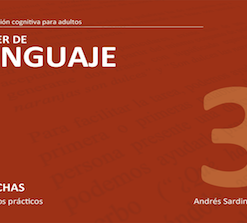 Taller de lenguaje
22,90 € (VAT not included)
Taller de lenguaje
22,90 € (VAT not included)
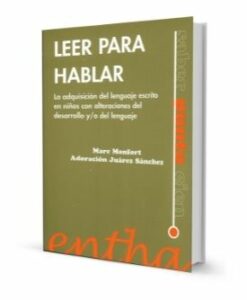 Leer para hablar
12,50 € (VAT not included)
Leer para hablar
12,50 € (VAT not included)
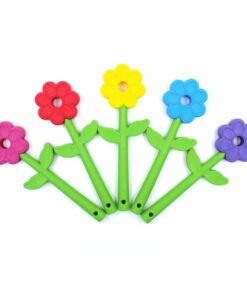 Flower teether
18,15 € (VAT not included)
Flower teether
18,15 € (VAT not included)
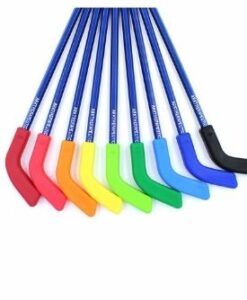 Pencil hockey teether
9,99 € (VAT not included)
Pencil hockey teether
9,99 € (VAT not included)
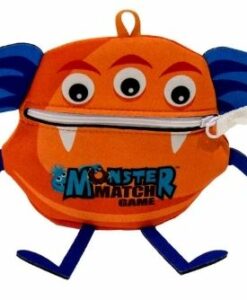 Montser match - attention
11,55 € (VAT not included)
Montser match - attention
11,55 € (VAT not included)
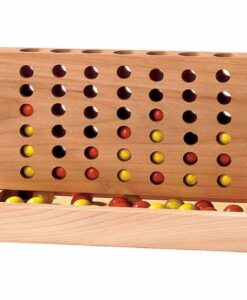 Mini 4 in a row
9,90 € (VAT not included)
Mini 4 in a row
9,90 € (VAT not included)
Price filter
No account yet?
Create an AccountLanguage learning normally takes place through communicative interaction between a child and a speaking environment, based on cognitive and physiological skills that determine the pace of development.
This interaction, which is characterized by a reciprocal adaptation of messages and utterances, is sufficient and necessary for the normal development of language to take place to its full extent.
However, there are cases of speech and/or language delays or absences, in which intellectual, sensory, structural or affective deficiencies prevent the full use of these real communication situations which, on the other hand, given the little success they obtain, are often also less stimulated by the environment.
It is then necessary to program a specific intervention, the speech therapy intervention.
Although such intervention should try to catch up as much as possible or correct defects starting from operative situations of communicative interaction(functional strategies), it is often necessary to carry out prior or parallel work of stimulation and specific learning of isolated elements, either in the phonetic aspect, or in the semantic or syntactic aspect(formal strategies).
These specific stimulation or learning exercises, programmed outside communication situations, run the risk of lacking motivation for children and tiring them out because of their highly repetitive nature: this is why re-educators have always made use of a motivation parallel to the learning itself, by including it in a play situation.
The games presented here are only intended to provide speech therapists with training material, long used before in speech and language re-education, focused more directly on those aspects that generally require a more or less long phase of repetition to achieve their definitive acquisition or in which the graphic representation allows a better understanding of the mechanisms that we are trying to re-educate or build.
They are not at all a learning method; neither are they the way to start the presentation of the linguistic contents they use: this presentation must start, in all cases, from an insertion in the communicative chain of which the children themselves are an active part.
They constitute one more material, an aid for a process of stimulation and model setting, necessary in many cases, and each professional will have to interpret and adapt it to his or her own methodological and situational variables.
https://logopedicum.com/wp-content/uploads/2022/01/Verbos-247x300.jpg 90.00 instock LANGUAGEMorphology and syntaxSemantics 0 0.00 0 https://logopedicum.com/wp-content/uploads/2022/01/Verbos-247x300.jpg 14015036164132 90.00 74.38 0.00 0.00 2022-01-19T17:30:51+01:00The method tries to achieve the approach to the basic syntactic or functional structures of the language with the basic vocabulary, based on observation. In this way, it turns out to be a symbolization of the reality of the children who see it and structure it in a coherent expression.
The method is indicated for deaf and hearing impaired, mentally handicapped, developmentally delayed, aphasic and dysphasic children.
It can also be a suitable material to stimulate the language in students of Early Childhood Education or Primary Education students of integration.
https://logopedicum.com/wp-content/uploads/2021/11/vocabulario-basico-imagenes-247x300.jpg 20.00 instock BooksHearing and languageLANGUAGESemantics 0 0.00 0 https://logopedicum.com/wp-content/uploads/2021/11/vocabulario-basico-imagenes-247x300.jpg 2241504920231 20.00 19.23 0.00 0.00 2021-11-30T19:33:55+01:00Biofeedback is the most useful equipment in the diagnosis and treatment of orofacial dysfunctions and specifically dysphagia. It allows to train the lip or tongue pressure as well as the evaluation of these organs and will help us:
- Objectively measure the strength of the tongue and lips.
- Compare patient data with standard data according to sex and age.
- Carry out rehabilitation exercises with direct feedback.
- Measure and document patient improvement.
This equipment allows us to make an objective diagnosis with two simple tests: the measurement of muscular strength and endurance.The force measurement is based on measuring the maximum pressure that a patient can exert when pressing a lingual sensor or balloon against the palatal vault with his or her tongue. Likewise, by changing the position of the sensor, lip force can be measured. Regarding the measurement of resistance, this equipment allows the evaluation of tongue fatigue by measuring its resistance. A low resistance would indicate considerable fatigue.
REHABILITATION
Biofeedback equipment facilitates simple exercise therapy to improve tongue and lip muscle competence and swallowing behavior. The clinician must determine the target pressure and the number of repetitions to be performed by the patient in order for the patient to perform a rehabilitation exercise routine.
Technical specifications: Minimum configuration of the equipment to be installed PLL PRO-PHONE: 1. Computer with USB input, keyboard and mouse. 2. Operating system: Windows XP or higher. 3. Processor: Intel Pentium dual core or higher. 4. RAM memory: 2.0GB. 5. Hard disk: 160GB. 6. Monitor: 10" or larger, with a minimum resolution of 1024x768. 7. Power supply voltage: 5V from computer USB.
Contains: Instruction manual, installation unit, 1 meter USB cable, air bulb device (10 units), flexible plastic tube with 120 cm and 1 plastic case.
https://logopedicum.com/wp-content/uploads/2021/05/biofeedback-profono-247x300.jpg 1518.55 instock DysphagiaExploration and diagnosisLips, tongue and moreOROFACIAL MYOLOGYSwallowing and feeding 0 0.00 0 https://logopedicum.com/wp-content/uploads/2021/05/biofeedback-profono-247x300.jpg 1375113216447 1518.55 1255.00 0.00 0.00 2021-05-20T13:02:26+02:00| Transportation | Clothing | Animals | Food | At home |
| car (car) truck (truck) airplane (airplane) train (train) ship (ship) bus (bus) motorcycle(motorcycle) bicycle (bicycle) raft cab (cab) tractor (tractor) sled (sled) limousine (limousine) ambulance(ambulance) | shirt (shirt) shorts socks shoes skirt (skirt ) coat tie (tie) sombrero (hat) belt gloves (gloves) pajamas (pajamas) raincoat bathing suit boots (boots) | cat (cat) dog cow duck (duck) horse lion bear camel (camel) deer (deer) giraffe (giraffe) kangaroo(kangaroo) pig (pig) mouse elephant | ice cream corn (corn) tomato (tomato) lettuce (lettuce) grapes hamburger carrots arroz (rice) onions French fries (Frech fries) cookie peanut strawberries celery (celery) | refrigerator (refrigerator) spoon (spoon) chair sofa (couch) plate television (television) hammer (hammer) alarm clock sink carpet (rug) oven (oven) mirror (mirror) frying pan (frying pan) computer |